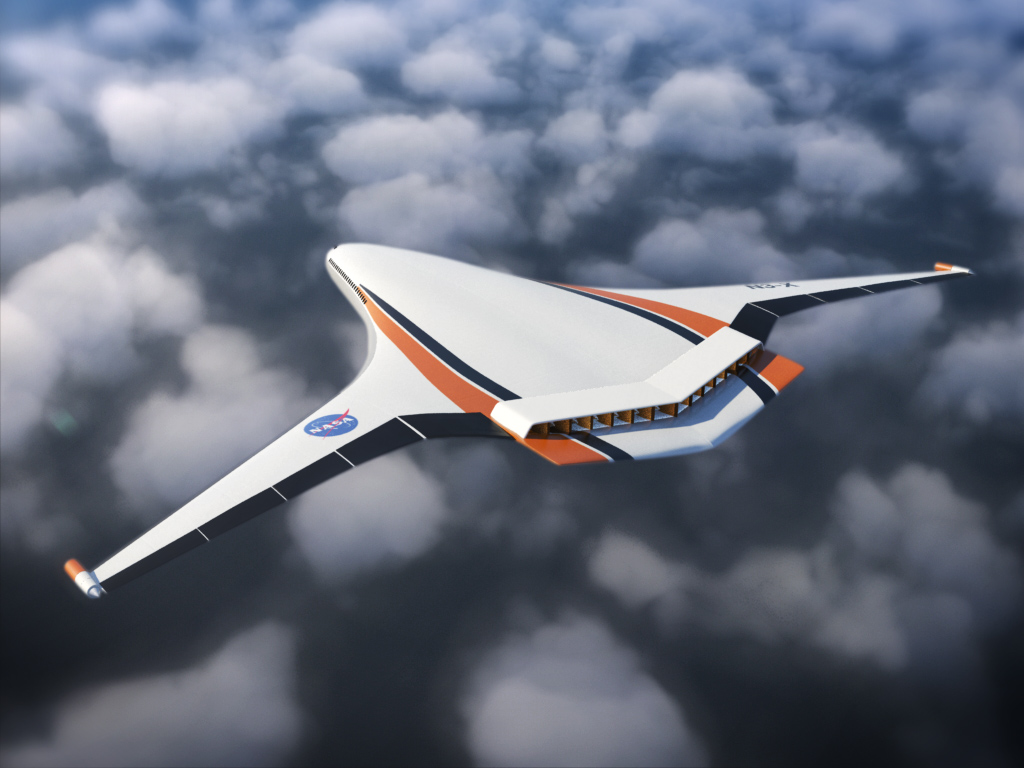
Each spring, the waters of the North Atlantic Ocean host a huge natural bloom of phytoplankton—microscopic, plant-like organisms that are important for carbon cycling and also could influence clouds and climate. Blooms occur in the North Atlantic in fall as well, but the typical weather can make them difficult to observe.
“A lot of what we don’t know about ocean ecology has to do with the difficulty of sampling the ocean,” said Norman Kuring, an ocean scientist at NASA’s Goddard Space Flight Center, “whether it be from a storm-tossed ship or from a cloud-obstructed satellite.”
On Sept. 23, 2015, the weather was adequate for the Visible Infrared Imaging Radiometer Suite (VIIRS) on the Suomi NPP satellite to acquire this view of a bloom in the North Atlantic. The image was composed with data from the red, green, and blue bands from VIIRS, in addition to chlorophyll data. A series of processing steps were then applied to highlight color differences and bring out the bloom’s more subtle features. (The process also accentuates striping artifacts from the detectors that can be seen throughout the image.)
“The image does a beautiful job of showing the close link between ocean physics and biology,” said Michael Behrenfeld, a phytoplankton ecologist at Oregon State University. “The features that jump out so clearly represent the influence of ocean eddies and physical stirring on the concentration of phytoplankton pigments and, possibly,colored dissolved organic matter.”
Six weeks after this image was acquired, researchers were in this area with NASA’s North Atlantic Aerosols and Marine Ecosystems Study (NAAMES). The study aims to make ship- and aircraft-based measurements that, when combined with satellite and ocean sensor data, will help clarify the annual cycles of ocean plankton and their relationship with atmospheric aerosols. The first field campaign of the five-year study began Nov. 6, and concluded Dec. 1.
More: NASA’s Earth Observatory
Image Credit: NASA image by Norman Kuring, using VIIRS data from the Suomi National Polar-orbiting PartnershipCaption: Kathryn Hansen



























